At the end of the Arabian peninsula, the Sultanate of O (for the intimates) is the curiosity of history and archaeology lovers... It must be said that Oman offers a breathtaking number of archaeological sites. The proof by twelve of them.
The Sultanate of Oman , like a pearl of the Thousand and One Nights, can greatly swell the torso among the rich countries of the Arab world. What makes it particularly attractive is its discreet beauty, away from glitter and tourism clicking neighbouring countries. A haven of peace for nature and infinity lovers, guardian of millennial treasures, Oman discovers itself as the pages of a book of history.
In the middle of orange dunes and cities with refined architecture, you will also discover archaeological sites of great raw beauty. These jewels make the happiness of lovers of old stones and architects. Here are 10 immanquable archaeological sites of Oman.
In the heart of cities
1. Al Baleed Archaeological Park
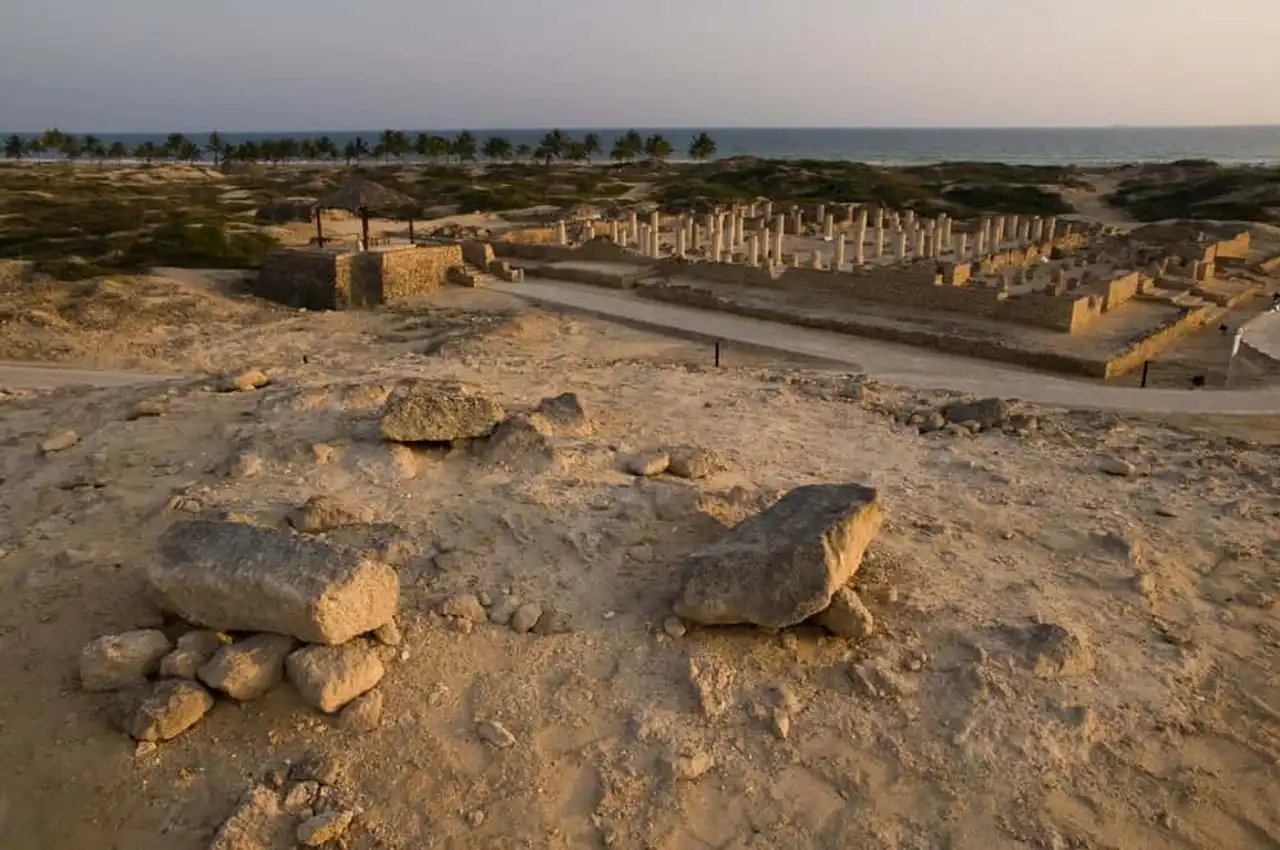
Photo credit: Shutterstock – Maros Markovic
- Conservation condition: ★★★
- Public knowledge: ★★★
- Historical influence: ★★★
This archaeological site near Salalah, which gathers several places and buildings, can boast of its ranking at UNESCO World Heritage. He owes his reputation to his famous incense trade port and the remains of his ancient city: Zafar.
During your visit to Al Baleed you will also have the opportunity to admire the Great Mosque, the fort, the defensive wall, the amazing lagoon and the incense museum.
2. The city Khor Rori or Sumhuram
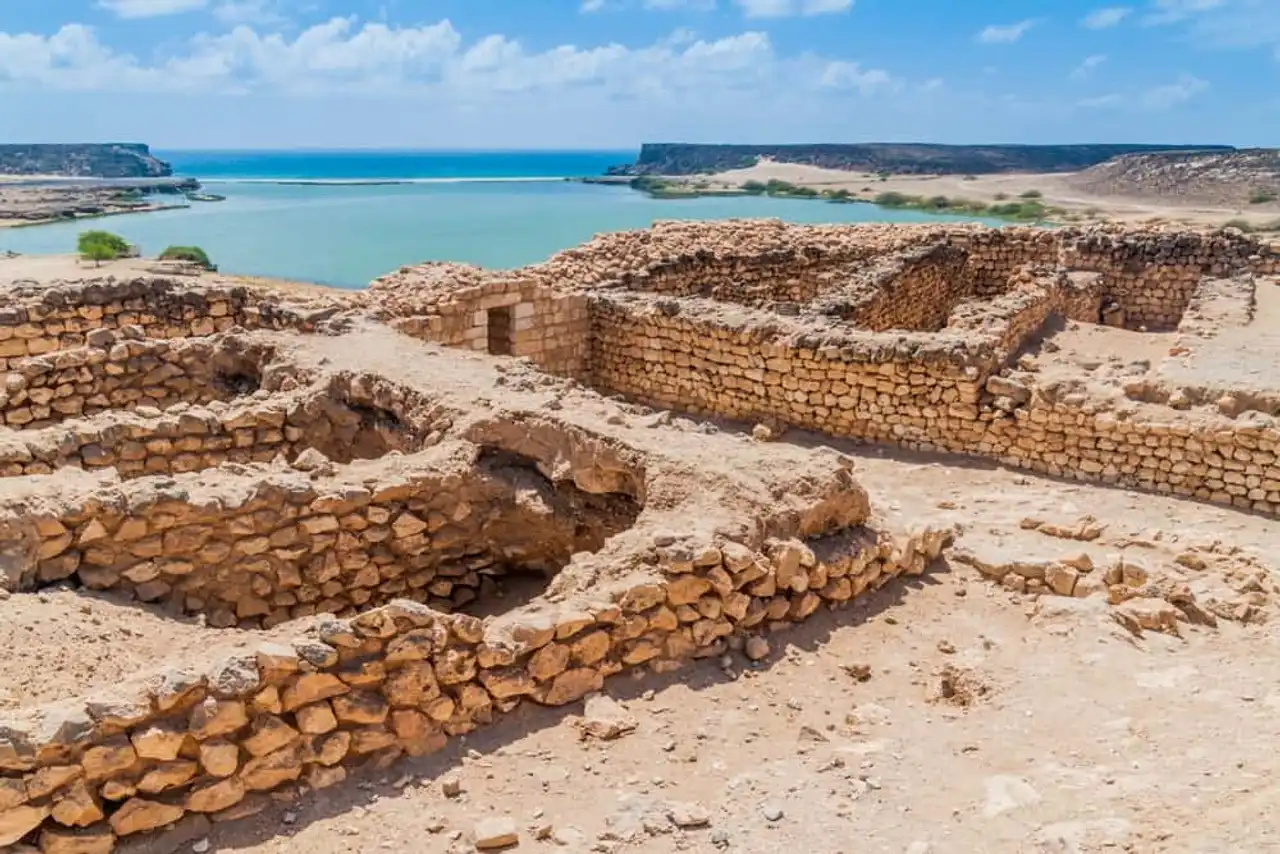
Photo credit: Shutterstock – Matyas Rehak
- Conservation condition: ★★★
- Public knowledge: ★★★★
- Historical influence : ★★★★
Khor Rori, also known as Sumhuram, is another archaeological site in Oman near Salalah. This ancient fortified town and its emblematic port are loaded with stories and traces of civilizations. The excavations of Khor Rori revealed many architectural treasures: ramparts, excavated rooms, a small temple and a quantity of iron and bronze objects.
Built on a royal commission and then colonized, this city was long the nerve point of the incense trade. In the ancient times, it also owes its success to its position in the dike, where a oued provided fresh water to the inhabitants.
3. The city of Al-Hamra
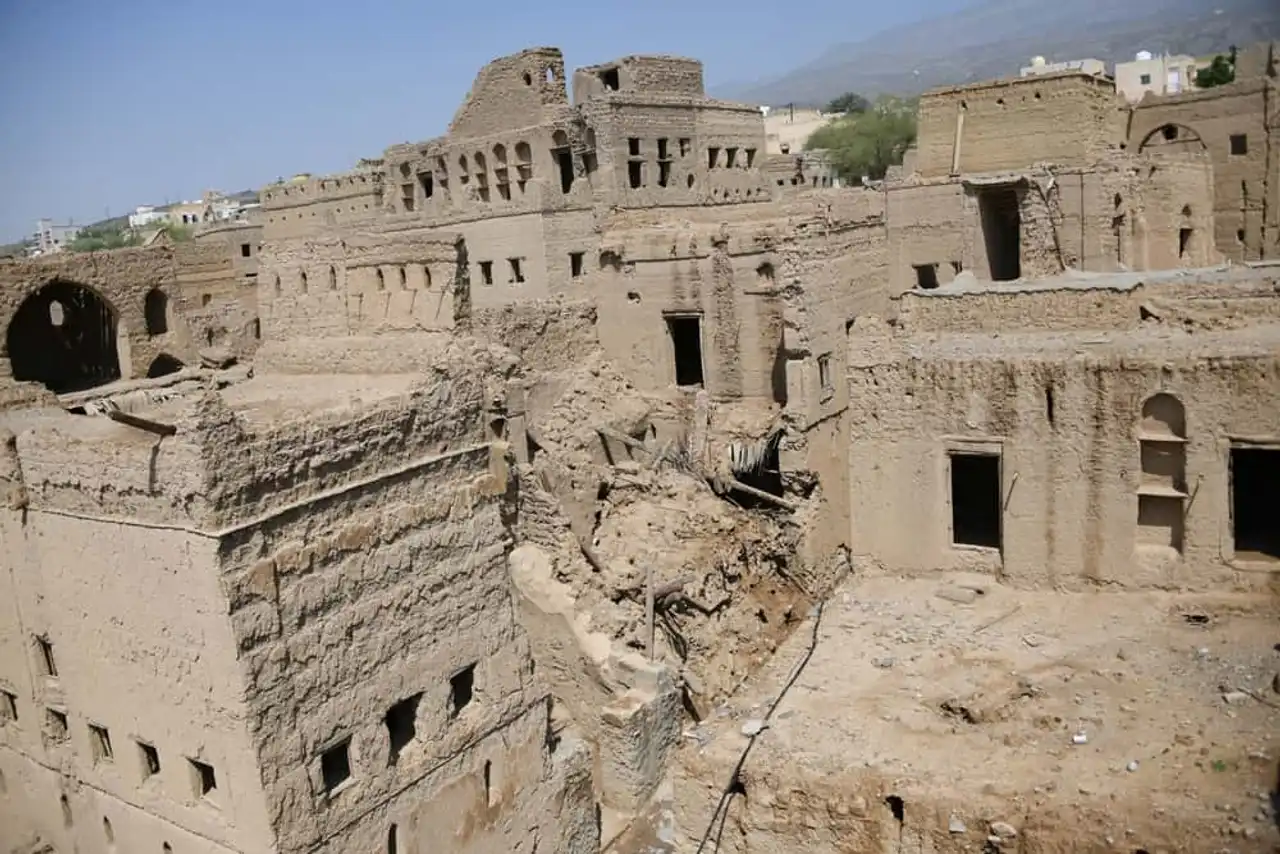
Photo credit: Shutterstock – Wolfgang Cibura
- Conservation condition: ★★
- Public knowledge: ★★
- Historical influence : ★★
Al Hamra, at the foot of the highest mountain in the Sultanate of Oman, houses an old abandoned town full of charm. Its deserted streets are lined with houses on land that gradually fall into oblivion. Yet there are still some treasures, including extremely worked wooden doors. Rest assured, Al Hamra also has a more lively centre and well-being homes.
In fact, raise your eyes on their ceilings. They are usually supported by palm trees. A unique, ingenious and photogenic idea! Finally, the city sits in a large natural space, the birthplace of the Omani eco-tourism. Here, the vast green spaces and tropical trees clash the desert. A desert of red and depopulated dunes, picked with a few steep djebels.
4. The city of Nizwa
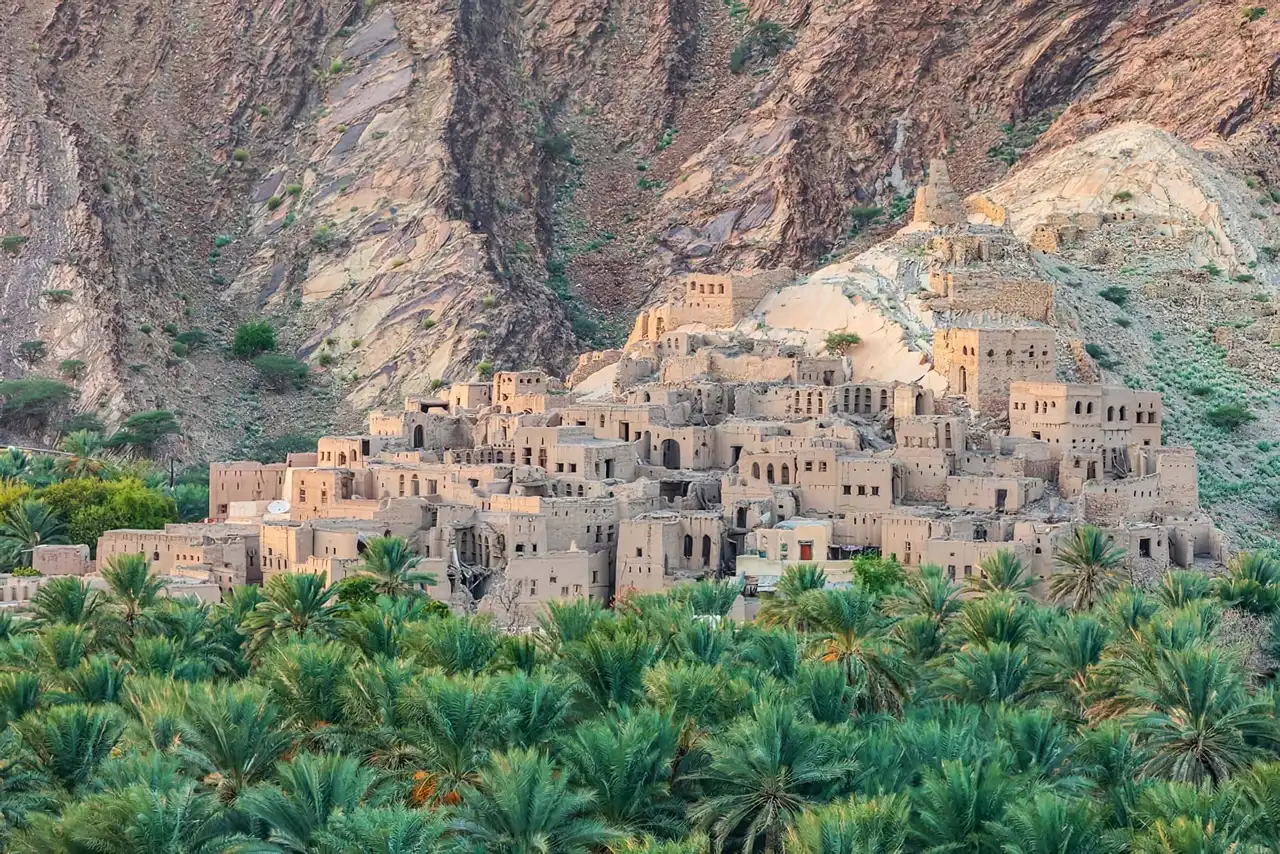
Photo credit: Shutterstock – Emily Marie Wilson
- Conservation condition: ★★★★
- Public knowledge: ★★★★
- Historical influence : ★★★★
Nizwa is much more than just a city: it’s the tourist flower of Oman, very expensive in the heart of the inhabitants. This superb fortress built at the end of the 17th century is the most visited of the country! You will not doubt us if you are told that its beauty has no equal. It can be wandered around full hours, especially in its reusing souk, swept with wonders for all senses.
Question archaeological sites, Nizwa houses an admirable castle and an impressive falaj. This imposing underground water supply network, used for crop irrigation, is a testament to Oman’s genius. This system is still functional.
From the cities to the Forts
5. Fort of Bahla
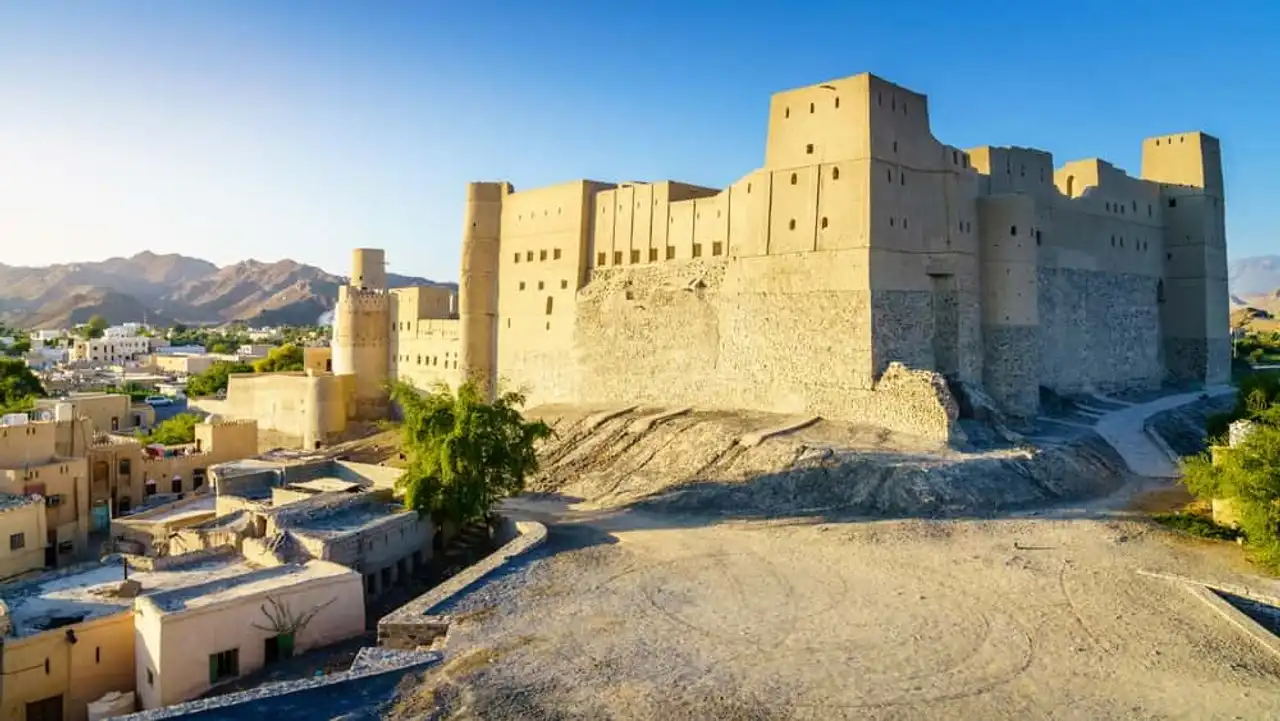
Photo credit: Shutterstock – Alexey Stiop
- Conservation condition: ★★★★
- Public knowledge: ★★★★
- Historical influence : ★★★★
Architecture in the form of fortifications is very present in Oman. It is characterized by ramparts, impenetrable buildings and great forts. Among the archaeological sites of Oman, one cannot therefore pass a few forts. First there is the strong copy of Bahla. This medieval citadel stands out for its imposing size and rounded towers made of raw bricks and stone base.
Its ramparts, erected in the middle of the desert, contain a labyrinth of dwellings, underground canals and the beautiful Friday mosque.
6. Fort de Jalali
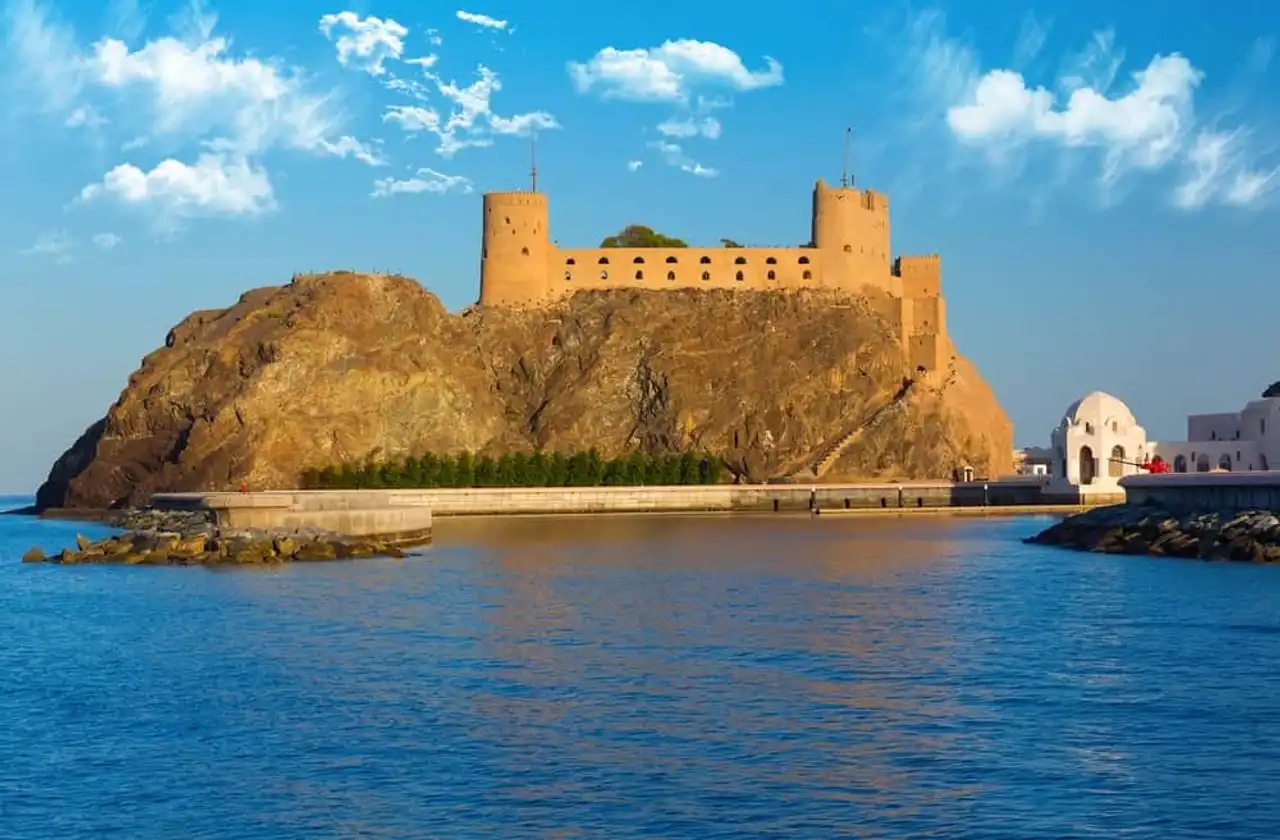
Photo credit: Shutterstock – Pearl-diver
- Conservation condition: ★★★★
- Public knowledge: ★★
- Historical influence: ★★★
From the 1600s, Oman’s architectural and historical wealth was mixed with Portuguese military architecture. The latter results in the use of ballistic technology and the construction of round towers instead of angular towers. The Jalali Fort, which dominates the Bay of Mascate and was intended to protect waterways, is one of the first defensive buildings designed during the Portuguese occupation.
Get up his cabossed walks. From the top of its rocky promontory, the fort enjoys an exceptional panoramic view of the Gulf, the old town of Mascate and its lively port.
7. Fort of Jabrin
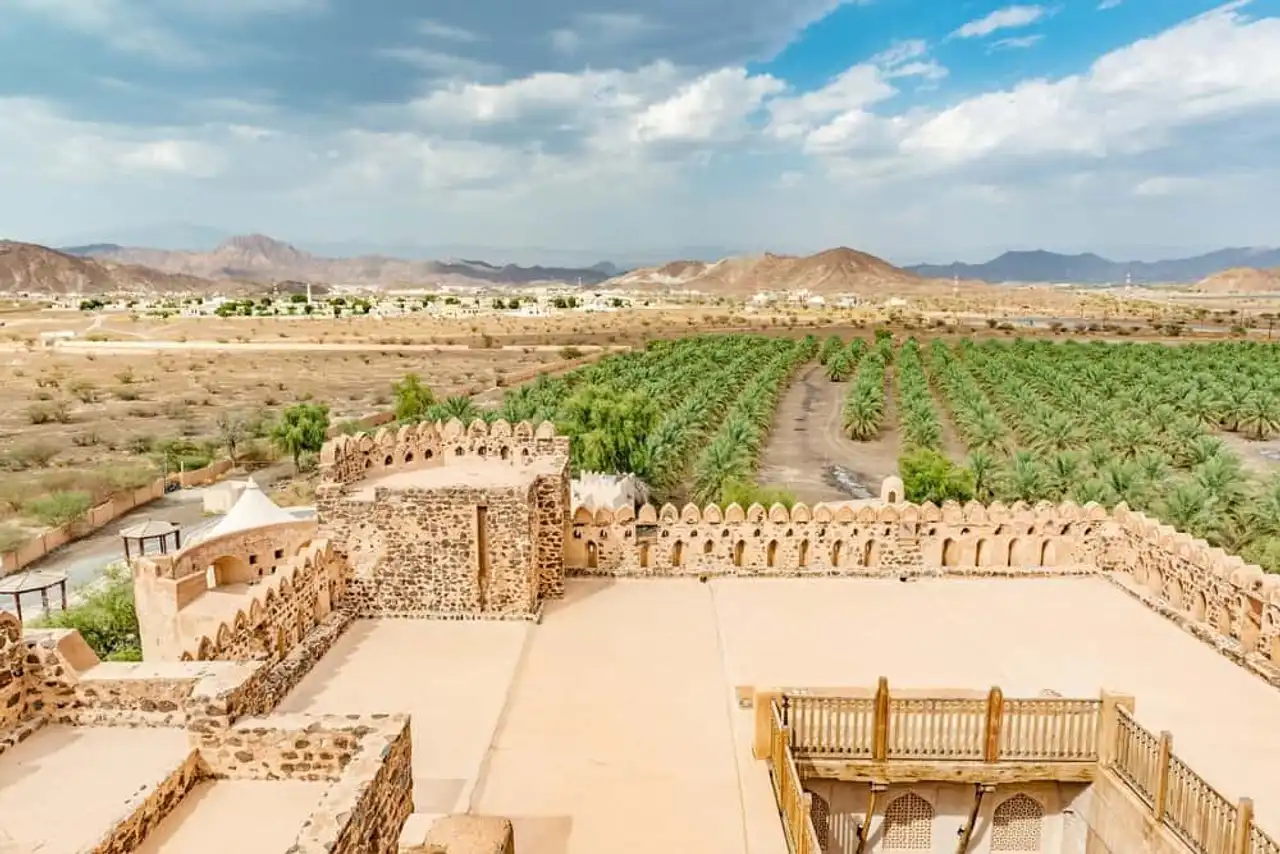
Photo credit: Shutterstock – Hamdan Yoshida
- Conservation condition: ★★★★
- Public knowledge: ★★★
- Historical influence: ★★★
The fortress of Jabrin has long held the role of residential palace for Imam Bilarab before being converted to a fort crowned with ramparts. This flower of local architecture, modestly furnished, remains no less beautiful. Indeed, the decorators and sculptors have made masterpieces of an incredible finesse here. The ceilings are richly decorated. The poetic motifs and the arabesques type the walls.
The woodwork is carefully carved. Outside, the colourful walls emphasize the richness of the former occupants. Then what about his entrance? Artistic prowess, the thick defensive doors shine by their design in a gigantic fan.
Tombs and fossils
8. Bat, Al-Khutm and Al-Ay
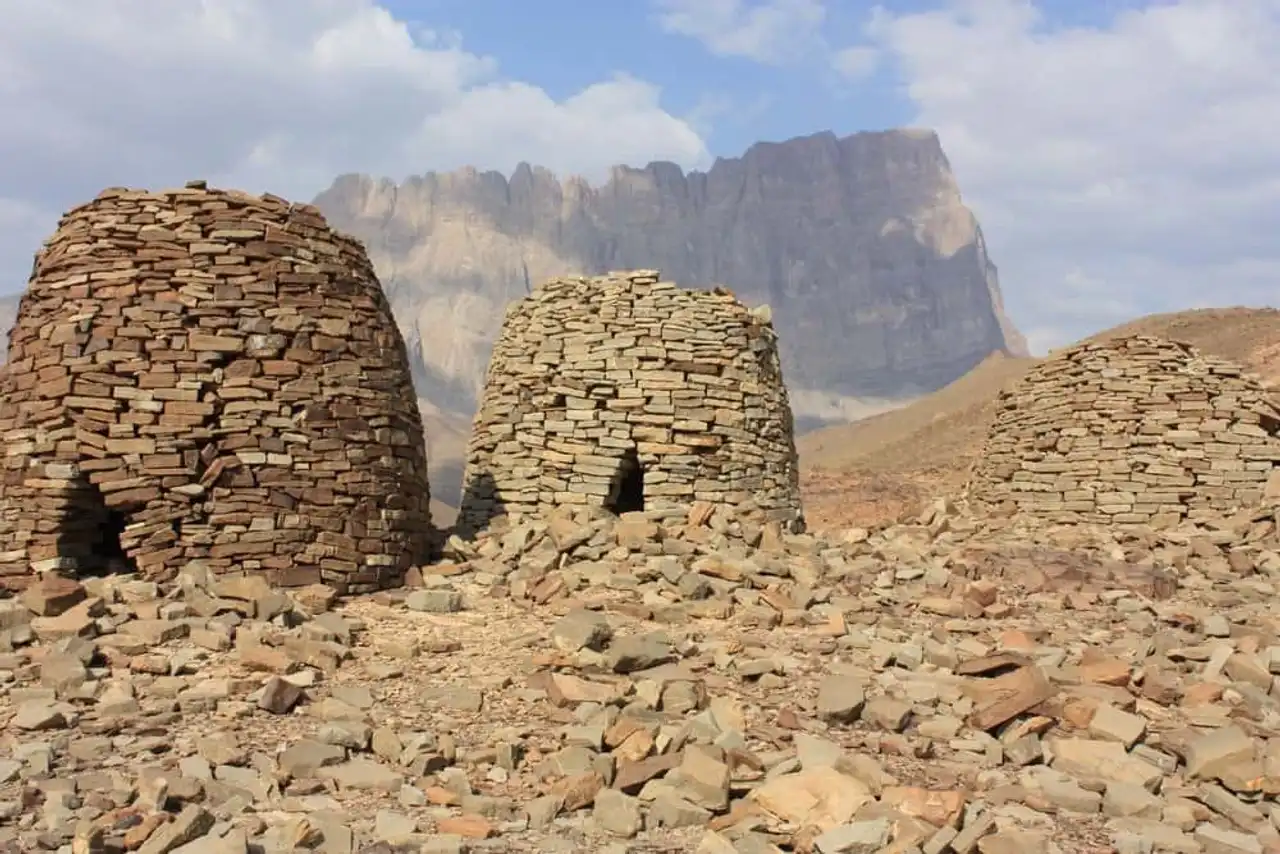
Photo credit: Shutterstock – Yousuf Alhinai
- Conservation condition: ★★★★
- Public knowledge: ★★★★
- Historical influence : ★★★★
The most famous of Oman’s archaeological sites is undoubtedly Bat, Al-Khutm and Al-Ay. This complex occupies part of the village of Bat and gathers an incredible set of monuments, towers, necropolises and rural dwellings. All are in a breathtaking state of conservation. The site is discovered with some emotion.
It is difficult to remain insensitive to the remains of 4,000 to 5,000 years old that have so resisted the passage of time, the work of erosion and the sweeping of weather. The point of pride of the visit is the discovery of the seven colossal towers, coming out of the crown, in the heart of the city.
Bat, Al-Khutm and Al-Ay also shine through their bees nest burials. More than a hundred round and stacked tombs were built here: hallucinating! They are erected by imposing towers of several meters of circumference, aligned as soldiers and pierced by triangular entrance doors.
9. Fossiles of Jabal Hareem
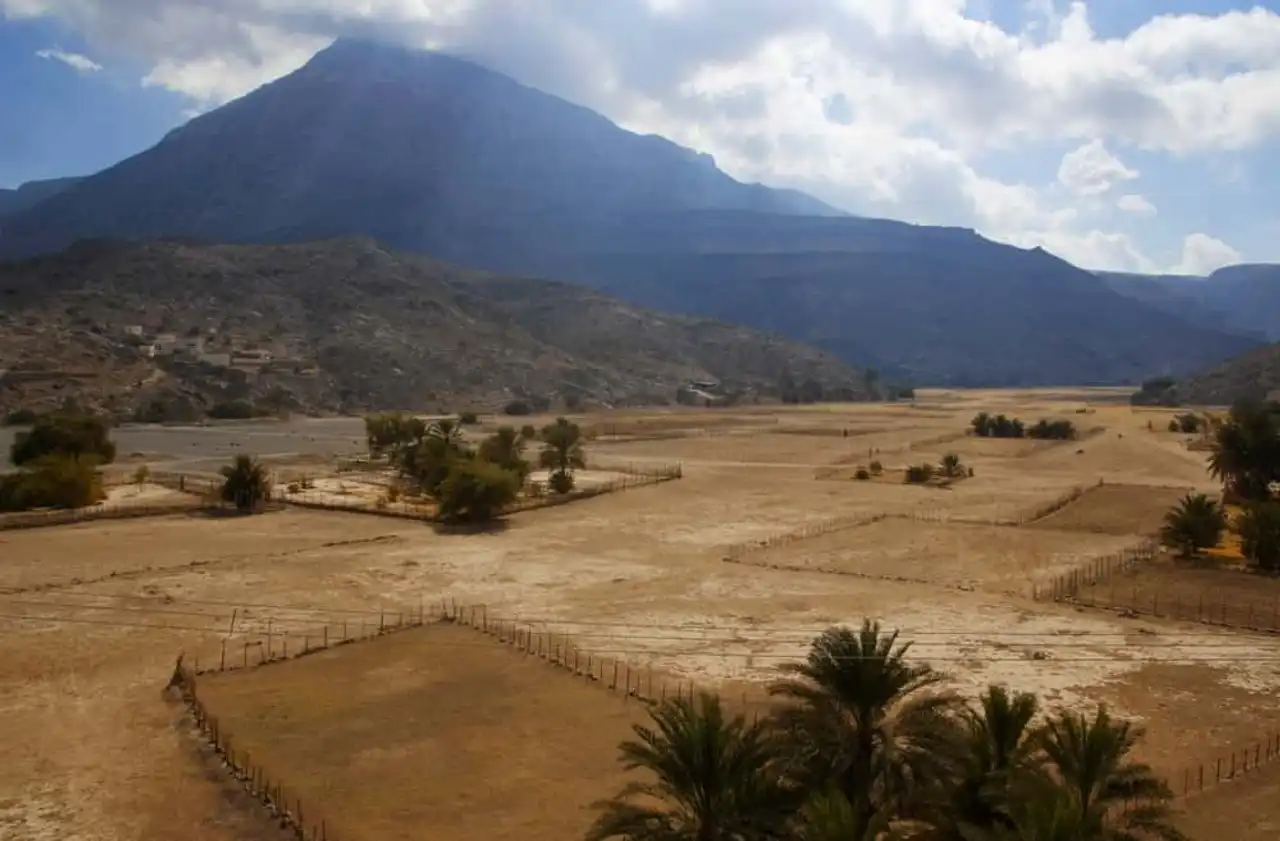
Photo credit: Shutterstock – Altrendo Images
- Conservation condition: ★★★
- Public knowledge: ★★
- Historical influence : ★★
Cross Omani mountain villages, meadows where the sun lights up the herbs and where the perfect wheat the jauni painting. You finally arrive at 1,600 meters above the sea, at the top of Jabal Hareem. The panorama is sensational. Even more, the place contains an amazing collection of fish fossils and shells aged over 250 million years. This gives the impression of swimming in the fossilized sea. On this flat top you can also admire some engravings on stone and ancient petroglyphs of humans and animals.
Do you know that Jabal Hareem Mountain, overlooking the Musandam Peninsula, is also called "women's Mountain"? A name held from the time when women took refuge in the caves dug in its flanks, when men left long days hunting or fishing.
10. Bawshar Tombs
- Conservation condition: ★★
- Public knowledge: ★★
- Historical influence : ★★
The old village of Bawshar has managed to keep some beautiful houses and a strong look. But let us stumble upon his tombs which stand out by their circular form, crowned with stones and buried under the rocks.
The latter overlap and divide, stretching over more than twenty meters in all. These places of burial with singular architecture are nicknamed “bees nest”. Unique constructions in the Arab world.




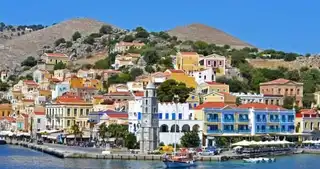


Loading comments ...